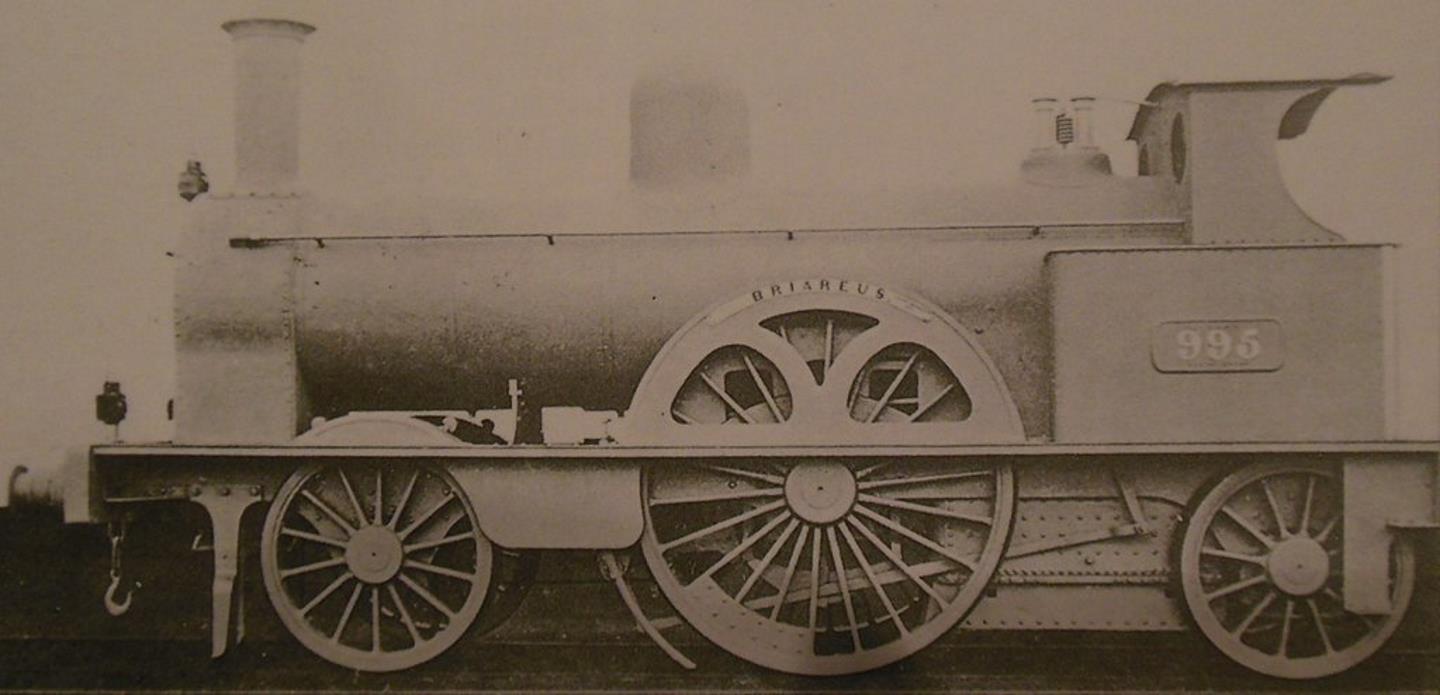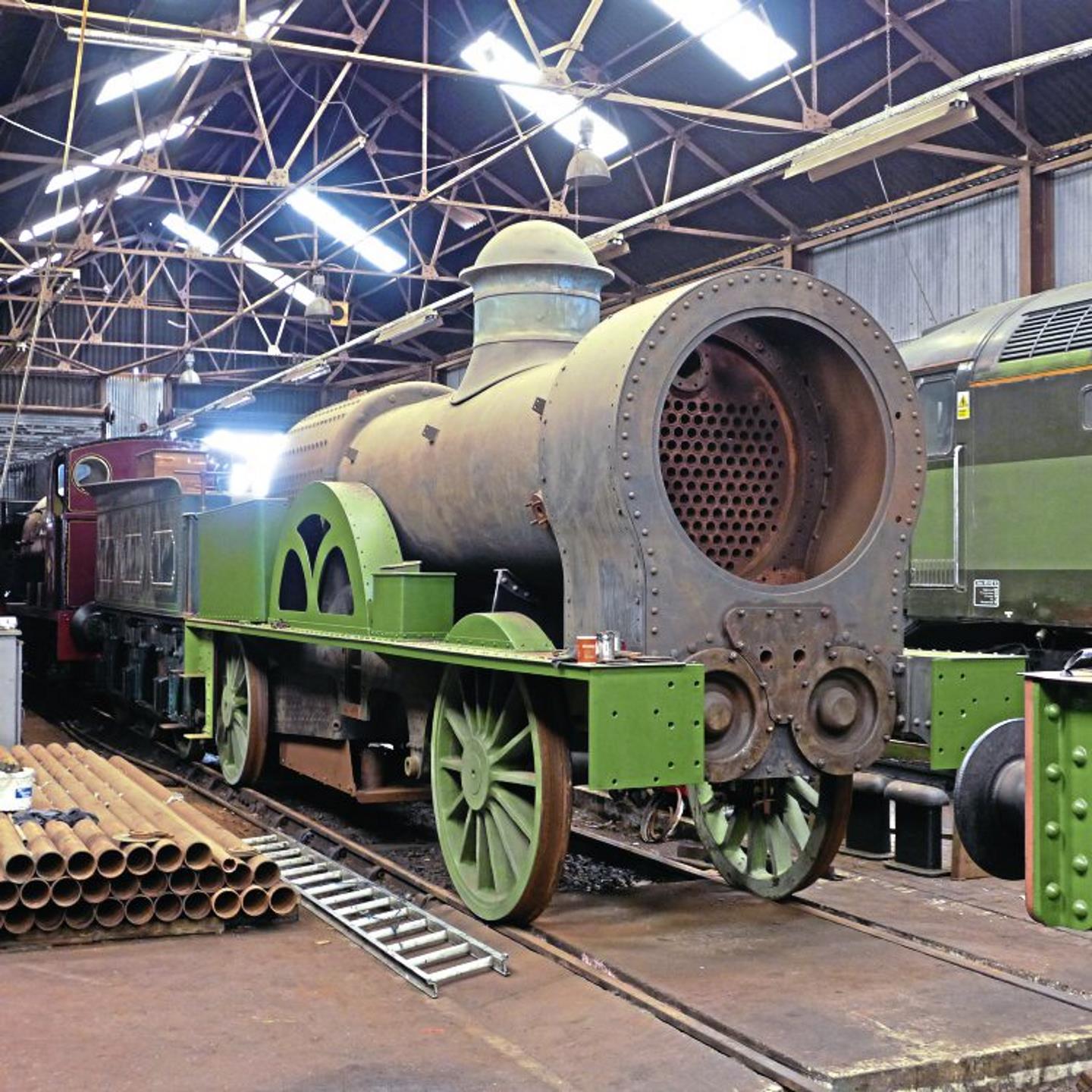As mentioned in last week’s Project Information, we are looking at the history of the London and North Western Railway (LNWR)-designed Bloomer Class, and the history of and progress made by the LNWR Bloomer Project.
History of the LNWR Bloomer Class

The Bloomer class were designed by James McConnell for express passenger duties on the LNWR’s Southern Division routes. The Bury, Curtis & Kennedy 6ft 2-2-2 class of 1848 were used as a starting point, with McConnell making a few major changes to produce a suitable design for the Southern Division. All engines featured the 2-2-2 wheel arrangement, with three varieties being built. The first engines built (known as ‘Large Bloomers’) had 7ft driving wheels, the ‘Small Bloomers’ had 6ft 6in Driving Wheels and the final variation had 7ft 6in driving wheels and a different design of boiler, were known as ‘Extra-Large Bloomers’.
The Large Bloomers were the most numerous of all three variations, with 40 being built and used mainly on Birmingham to London services, and later Rugby to Stafford services. When due for renewal, the boilers were replaced with Crewe-type boilers and reduced tender water capacity when water troughs had been installed.
With the success of the Large Bloomers came the Small Bloomers. These were used secondary and branch line duties in the Southern Division, which is why the 6ft 6in sized driving wheels were chosen. The Extra-Large Bloomers were anticipated to be used on the faster trains, but due to their weight being more than expected, only three engines were built with the further order cancelled. The three engines later received Large Bloomer Boilers.
Scrapping had begun to all three variations by early 1880s, with the last member of the Large Bloomer class, also the last Southern Division engine was withdrawn and cut up in 1888. Despite this importance, none of the class was saved for preservation.
History of the LNWR Bloomer Project

This project is one of the earliest New Build Projects, starting in the late 1980s. Unfortunately, the project doesn’t have a website, nor is there much information about the project, leaving only a limited amount of information on the Project. The construction work is being carried out at Tyseley Locomotive Works.
Progress Made on Building 670
The engine has the majority of major components assembled at Tyseley. The driving wheels still need to be built, along with the Cab. It’s hoped 670 will be completed in 2019, with the possibility of mainline running.
It has come to the end of this week’s Project Information. As always, we are back next week, looking at a New Build Project building a BR Standard design.





Responses
Did those driving wheels have their cranked axle?
I’m pretty sure they were on their cranked axle, but it was a long time ago – 3rd October 1999 – when I was last at Tyseley.
The Tyseley Bloomer replica (“670”) scheme was started in early 1986, so has been “under construction” for longer than most of the actual Bloomers were in service. Don’t understand the reference to a “cab” above; it was supposed to be in c1860 condition, before engines had cabs. The finished driving wheels were standing out in the yard when I last saw them, maybe 20 years ago.
A cab will spoil the whole appearance of this early replica loco which should be presented as-built and would create quite a stir in the preservation world